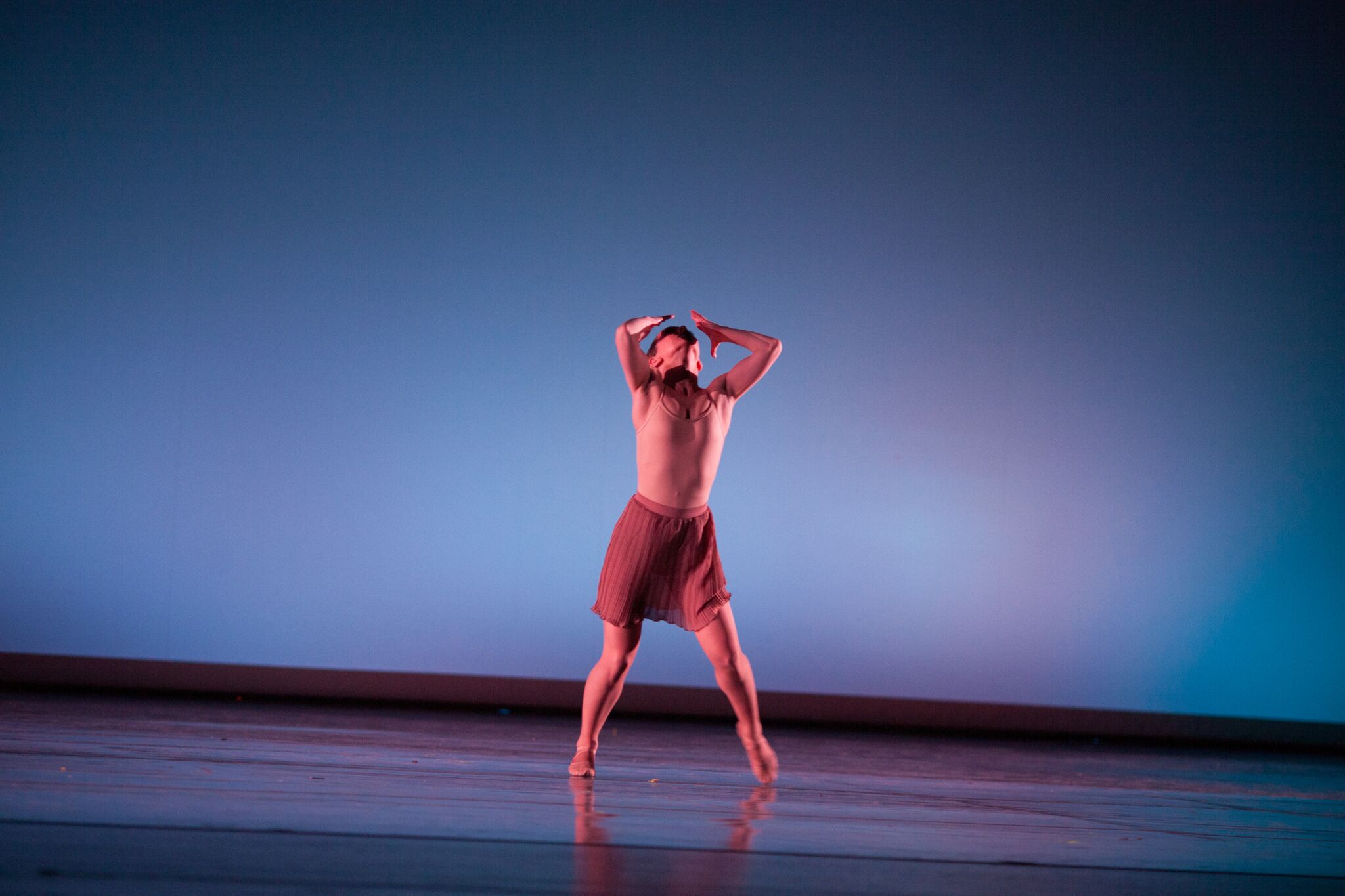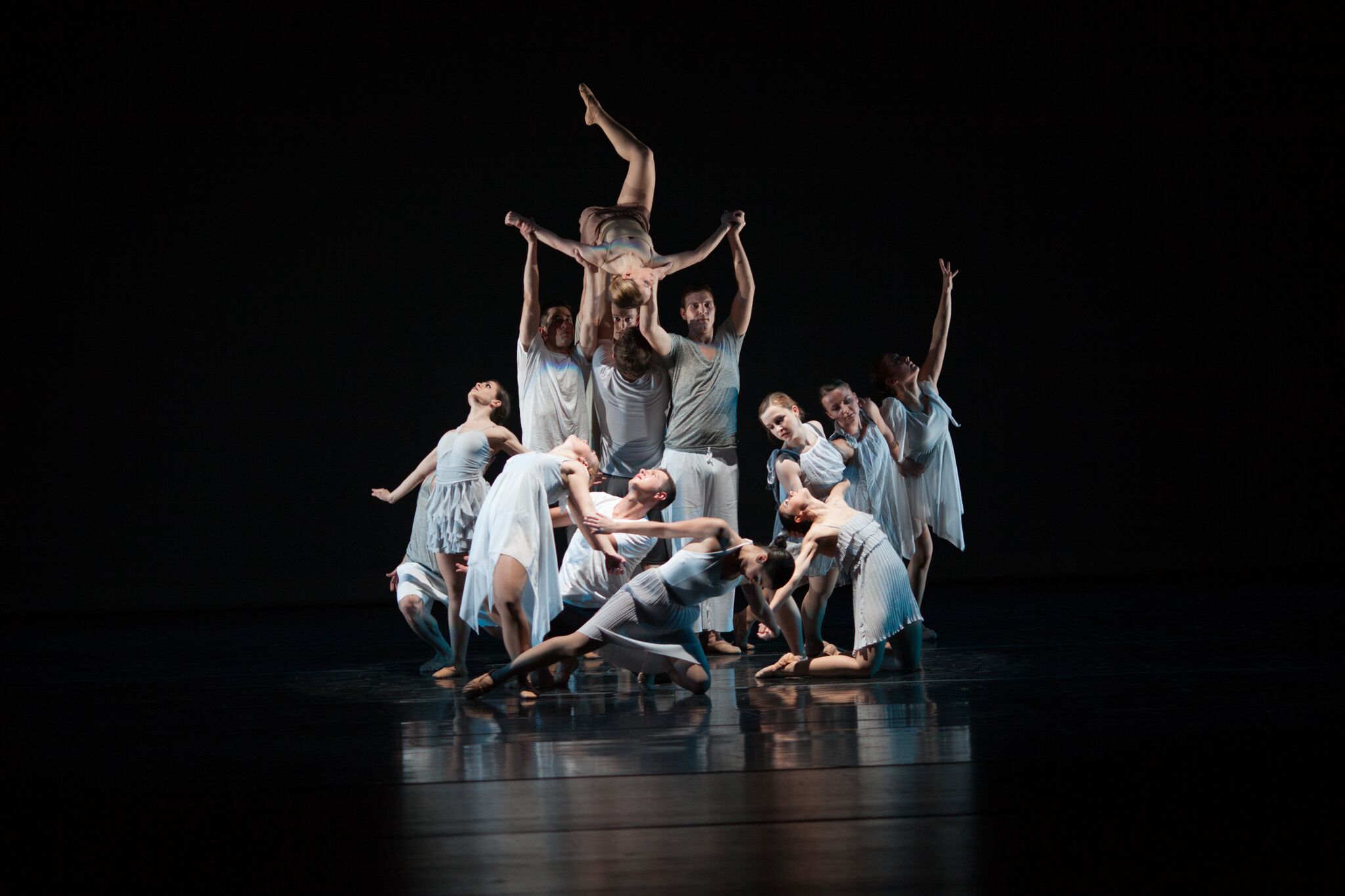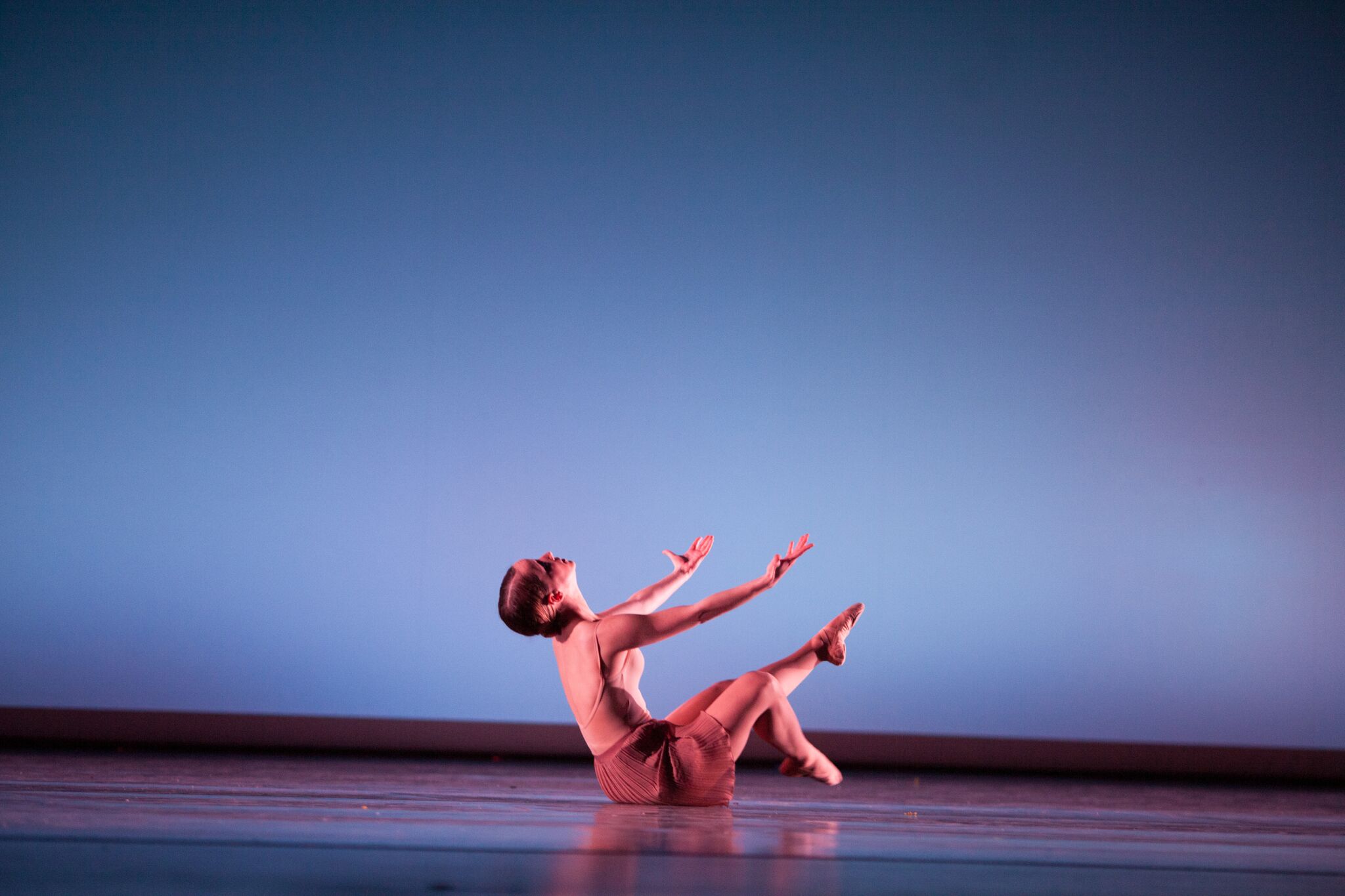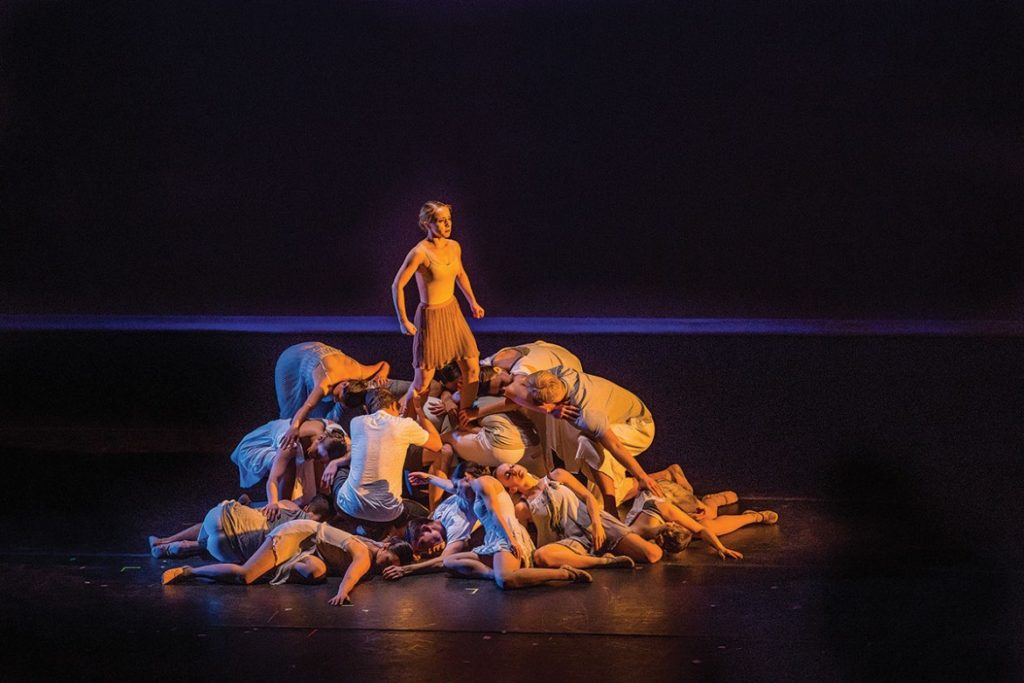Ukrainian Requiem
There is no shortage of evidence proving our human capacity for cruelty, whether we consider the issue historically, or even in our own lives. We take solace, however, in the fact that the better angels of our nature – those angels that can lead us to organize a dignified and civil society – might allow us to move past these basest of impulses. So it is particularly horrifying when, in the course of human events, that very intelligence and organizational ability is used to perpetrate unspeakable cruelty. This was the tragic case of Ukraine’s Holodomor (literally extermination from hunger) in 1932-33. Though Ukraine had already known, and would again know, famine shortly before and after those dates, the Holodomor uniquely reverberated through the collective consciousness because the full apparatus of the Soviet State was brought to bear on deliberately keeping food from starving Ukrainians. It was a careful calculation that authorities banked would help feed those more loyal to the communist cause and simultaneously solve the problem of Ukraine’s troublesome nationalist impulses. And so, with a steely gaze, the plan proceeded apace, unmoved by unimaginable human suffering and the literally millions of corpses that filled villages all over Ukraine.





Play Buried Truth
performed by George Wyhinny
This is the widely unknown true story of how Ukrainian farmers: men, women, and children were murdered by artificial famine. Told from the point of view of four journalists: one who lied and three others who tried to expose him and Joseph Stalin for their lies: how millions of Ukrainians were slaughtered and how the Kremlin hid these atrocities from the Western world. Using primary source documents, first hand accounts, and witness testimonials, this piece memorializes the victims and celebrates Ukraine’s heroes. This is an excerpt from the full play, Hidden Truth.